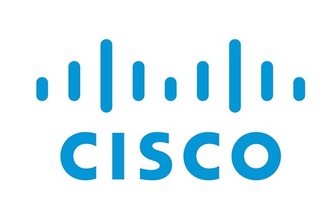Analyst Gartner advises firms to stop wasting money on unnecessary upgrades that may not be needed in as little as three years' time
IT managers continue to waste money on unnecessary network upgrades, and should not look beyond three years when assessing future needs, says analyst Gartner, which believes that most companies are...
To continue reading this article...
Join Computing
- Unlimited access to real-time news, analysis and opinion from the technology industry
- Receive important and breaking news in our daily newsletter
- Be the first to hear about our events and awards programmes
- Join live member only interviews with IT leaders at the ‘IT Lounge’; your chance to ask your burning tech questions and have them answered
- Access to the Computing Delta hub providing market intelligence and research
- Receive our members-only newsletter with exclusive opinion pieces from senior IT Leaders


















